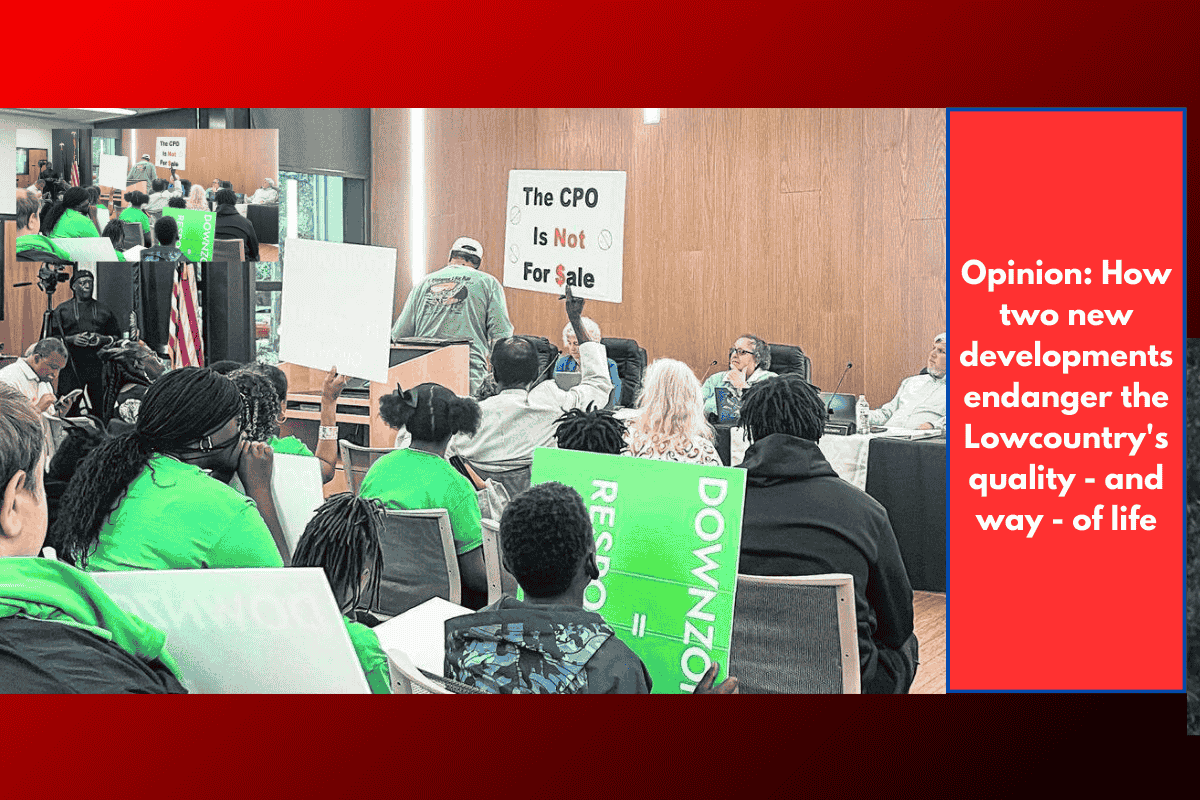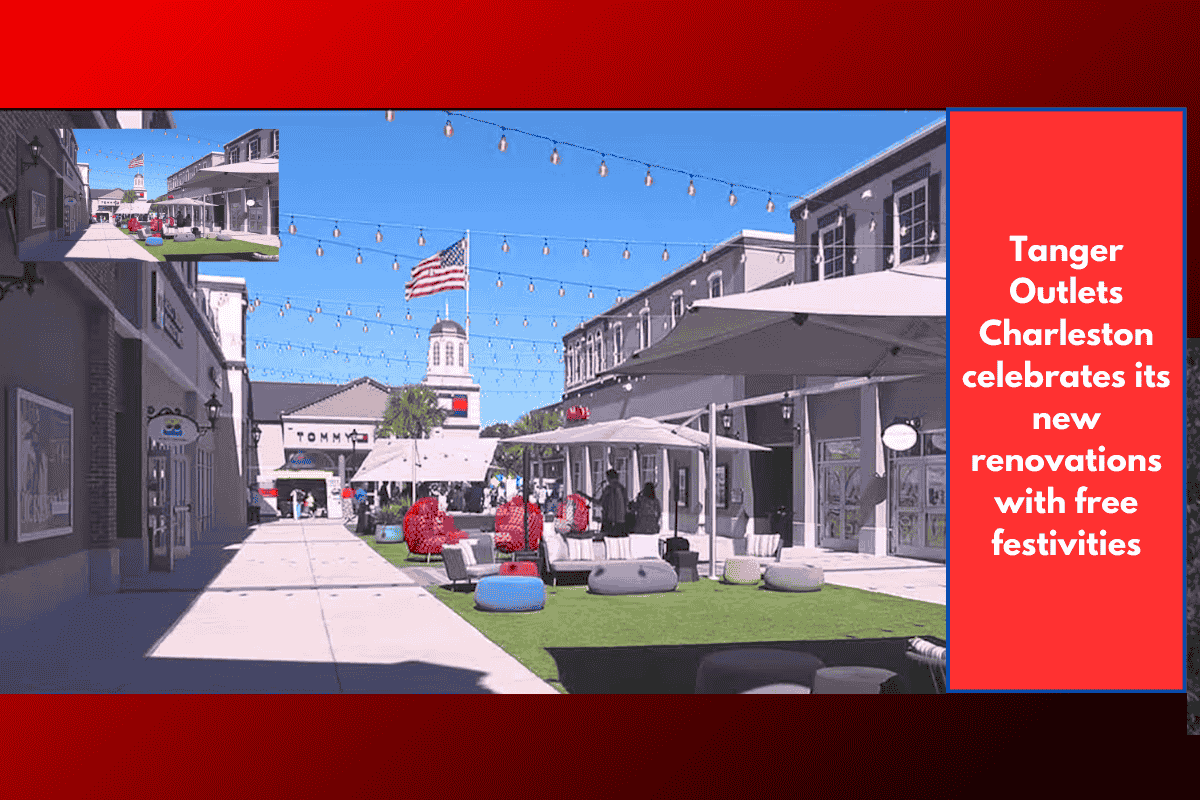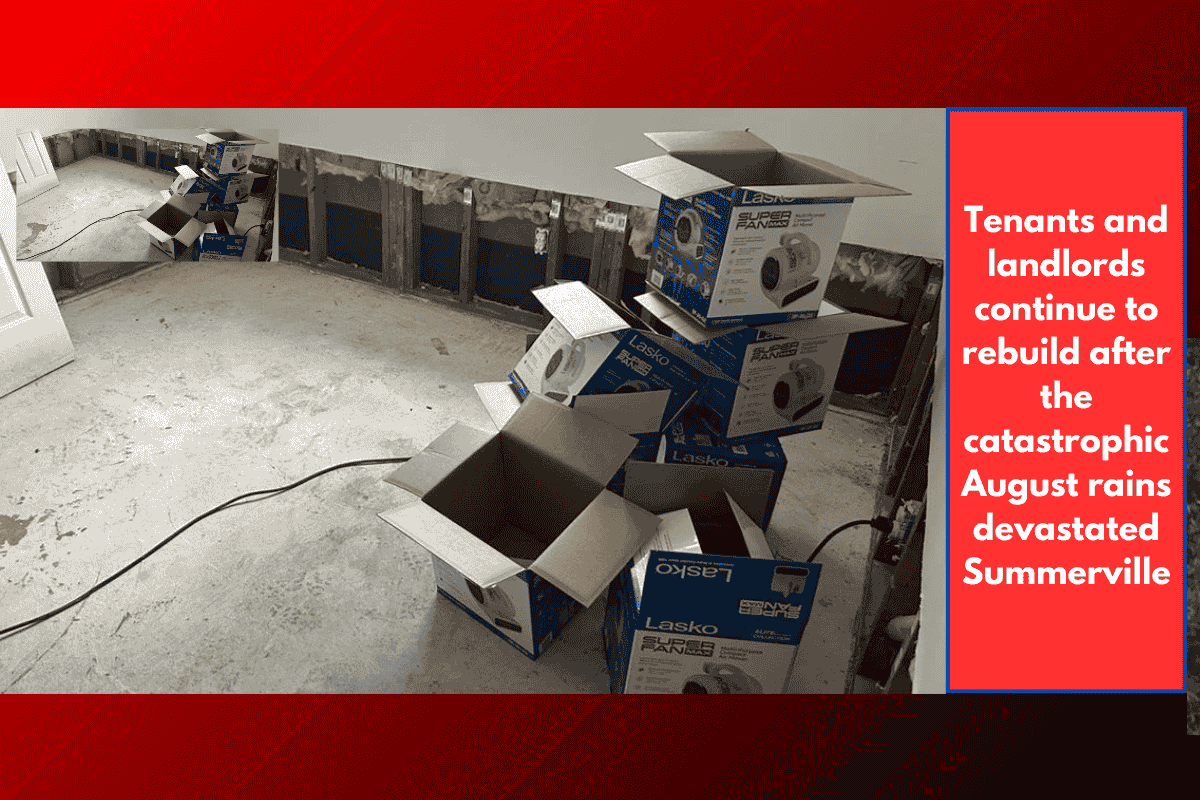The South Carolina Lowcountry, with its rich cultural history and fragile natural landscapes, faces two major development decisions that could reshape the region for generations. Both proposals—one in Jasper County near Ridgeland and another on historic St. Helena Island—are stirring controversy, with opponents warning of irreversible damage to heritage, environment, and quality of life.
Ridgeland Annexation: Tickton Hall Development
The Ridgeland Town Council is weighing whether to annex 1,500 acres of rural land along Euhaw Creek for a large-scale development led by Bluffton investor Robert Graves. The plan calls for:
2,000 new homes
250,000 square feet of commercial space
A preliminary vote is scheduled for 6 p.m. Thursday, Sept. 18, at Ridgeland Town Hall.
Opponents argue that the project would overwhelm SC Highway 462, threaten natural resources, and permanently alter the character of places like Cooler’s Store and nearby historic sites tied to Thomas Heyward, a signer of the Declaration of Independence, and even George Washington’s 1791 visit.
A 2024 feasibility study concluded that Ridgeland lacks the financial capacity to provide adequate public safety services for the development, though it projected “significant long-term fiscal benefits.” Critics say those benefits would only come with unacceptable costs: overcrowding, stormwater runoff, and scores of docks disrupting Euhaw Creek.
Pine Island: A Threat to Gullah Heritage
Meanwhile, the Beaufort County Council will soon vote on whether to allow a proposed gated community with a golf course on Pine Island, off the northern shore of St. Helena Island.
This project directly clashes with the Cultural Protection Overlay, a zoning rule passed in 1999 to preserve Gullah land, culture, and traditions by banning resorts, gated communities, and golf courses. Developers, represented by Elvio Tropeano, are challenging that overlay in court.
York Glover, who represents St. Helena on the council, warned of the precedent:
“How do you permit this to happen today and stop it from happening tomorrow? You can’t. If you lose the land, you lose the culture.”
For Glover and many islanders, the Pine Island plan represents the slow erasure of Gullah heritage under pressure from outside developers.
The Bigger Picture: Lowcountry at Risk
Supporters of both projects cite jobs, housing, and long-term revenue, but opponents see them as “the wrong thing in the wrong place.” Critics argue that unchecked growth will:
Destroy rural landscapes
Strain infrastructure with no long-term plan
Undermine historic and cultural legacies
Set precedents for more aggressive development
The Lowcountry’s unique way of life, shared by both Gullah families and other longtime residents, is at risk of being replaced by suburban sprawl resembling Atlanta’s congestion and density.
Final Word
The choices facing the Ridgeland Town Council and Beaufort County Council in September will echo for decades. Saying “no” would preserve South Carolina’s natural beauty, honor Gullah culture, and maintain the rural character that defines the Lowcountry. Saying “yes” risks erasing it forever.
Now is the time to hit the brakes.














